By Xandri Clifton, Interpretive Ranger for Greenfield and Monadnock State Parks (2019 NH Corps Member)
This post is based on my ‘Tracking on the Trail’ hike, available only at Greenfield State Park. If you’re interested in learning more about animal signs, or seeing some in real life, check out the Discover the Power of Parks schedule for Greenfield State Park.
One of the appeals of going into the woods to hike or camp is the idea of having a closer relationship with nature; being able to see or interact with flora and fauna is a highly sought-after experience. Seeing an uncommon animal is incredible but as the ‘un’ in ‘uncommon’ suggests, it won’t happen every time you enter the woods. One way to fix this is to widen your definition of ‘seeing’ animals in the woods. Signs of animals are much more common and less likely to flee at the sight or sound of a person. By taking time to observe the small details on a hike, you can see evidence of all sorts of life around you.
Because of the highly active campground at Greenfield State Park, you may expect there to be less wildlife in the surrounding area. I’ve found this to be the opposite! I’ve had some of my first sightings of specific animals—and animal signs– around Hogback Pond (actually a bog!).
So, SPOILER ALERT for my Tracking on the Trail program at Greenfield – because this features many of the signs seen on the Hogback Pond Trail!
Here are some animal signs you might see on a trail near you:
First is a very prominent animal sign on the trail around Hogback Pond. Be careful not to fall on these!
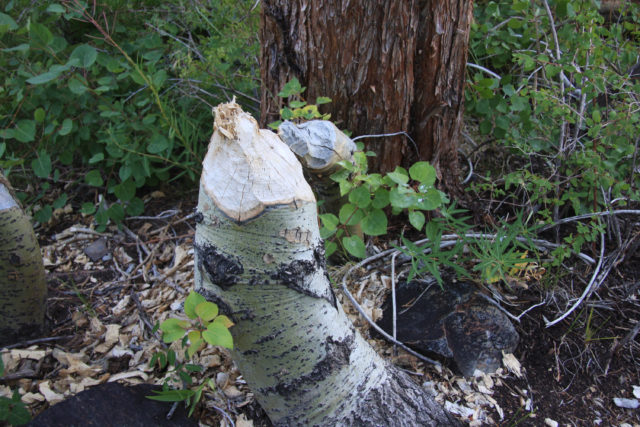
You might guess what animal made these…the largest North American rodent, the beaver. They will gnaw on wood for both food and construction. After humans, they are the most environment-changing animal, which is clear with the abundance of felled tree stumps on the trail. You might start to wonder where all the trees went that used to be connected to these stumps…you might then see this:
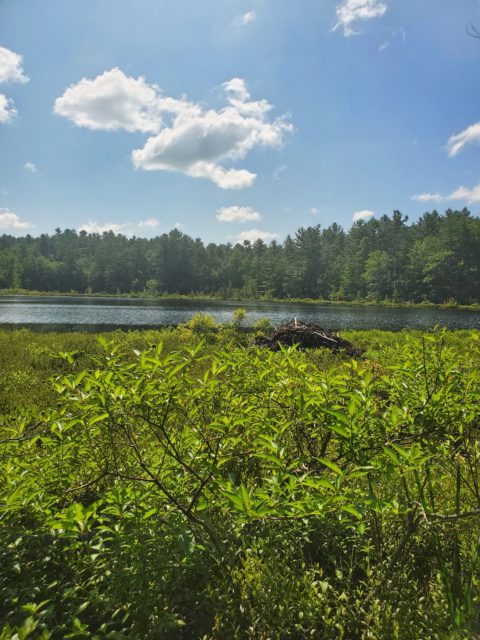
There’s no need to dam stagnant water (recall that Hogback Pond is bog, which have still water), so instead they have just a simple lodge. This ‘simple lodge’ however does have separate rooms: one for drying off and one for living.
Speaking of felled trees, there are many other animals that lead to tree demise (unfortunately for our green giants). Some work from the inside as babies and use the xylem as their infant food. There are many species of bark beetle that can do this kind of damage. Sapsuckers, a kind of woodpecker, can also do damage to trees like this, usually on the hunt for an insect also digging into the wood.
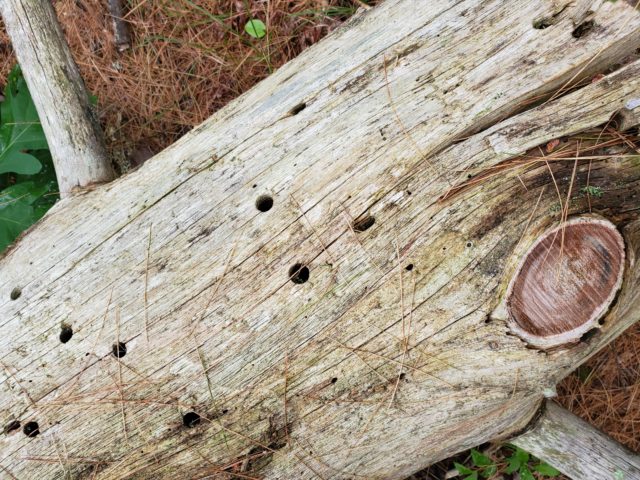
Another common sign is unfinished food: in this case from a caterpillar. Here’s a half-eaten Birch leaf I found:
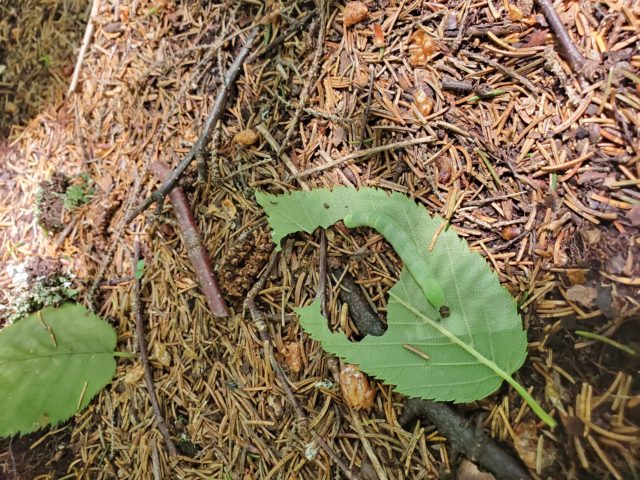
Animal signs like these are also used by experts to estimate populations of native or non-native animals. It would be difficult to count every single individual in a species, but with signs left behind estimates can be made.
Shown below is a non-sapsucker woodpecker hole. This is likely from one of our smaller woodpeckers, perhaps a Downy Woodpecker. They drill holes this size to look for little insects to eat; once they find insects, they scoop their long tongue in collect them. When their tongue isn’t scooping, it wraps around their brain to cushion the head-banger. In the spring, to make their nests, they bore a hole deep into the tree to make a little room. Sometimes this room is repurposed by Eastern Screech Owls, likely without the little woodpecker’s consent, but she may not put up a fight. After all, it’s a bird eat bird world out there.

Another telling animal sign we often find on the trail is scat (aka poop).

By the relatively large furry logs (and the fact that this is placed on the trail…rude) we can tell this was from a coyote. These animals were once almost hunted out the state by vindictive farmers, but now they are present across New Hampshire.
Now, the most obvious animal sign in the woods. They beat even beavers in their ability to construct from the world around them. Here we have evidence of Conservation Stewards:
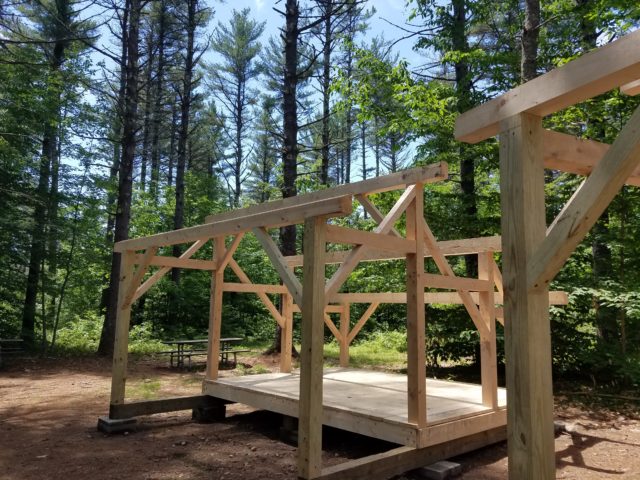
While I and the other interpretive Rangers across the state work hard to bring you programming and information in the State Parks, the majority of the Corps work hard to improve trails and facilities in conserved land to make a better place for wildlife (and wildlife viewers) in New Hampshire. If you see any of our Conservation Stewards on trails, be sure to thank them for their hard work!

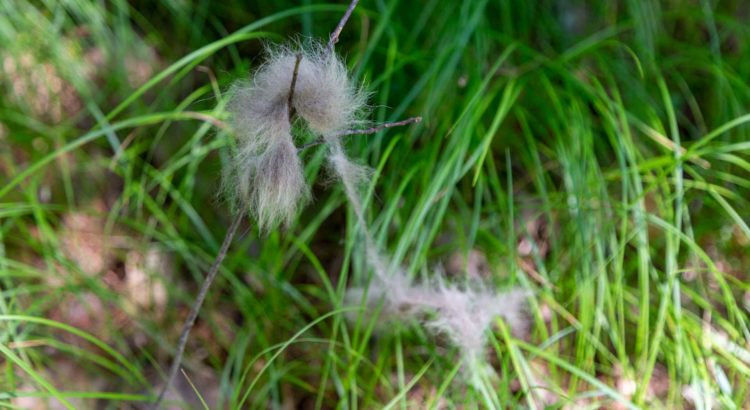
Very informative with a nice view of the park and animal signs.